Roketsu, London: the rarefied Japanese art of kaiseki
Regarded as the highest form of Japanese cuisine, kaiseki fuses artistry and seasonality
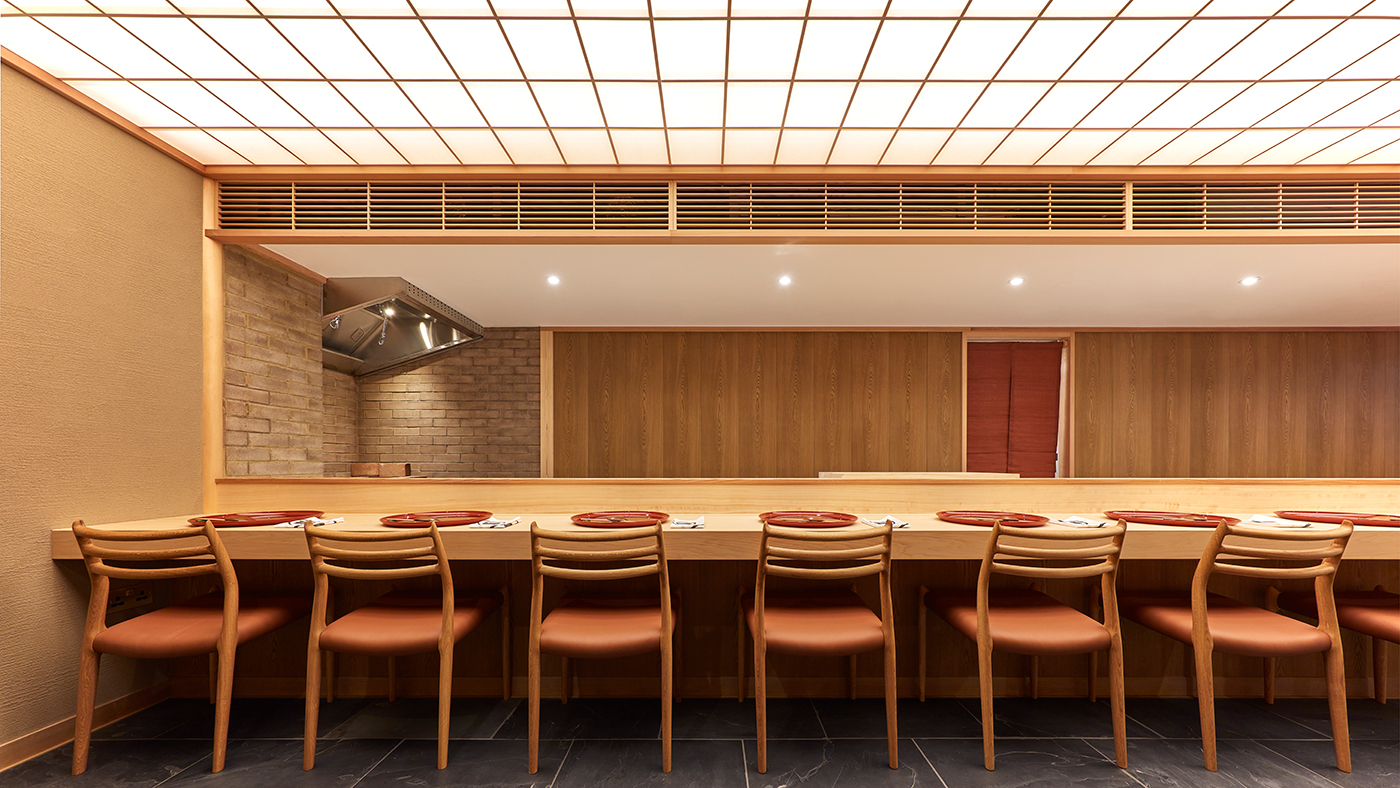
Japan has form when it comes to exporting its cuisine. Sushi seemed impossibly exotic before it ended up in every supermarket fridge, spurring enthusiasts to seek out increasingly elevated – and expensive – experiences. Raw aged fish, for example, or elaborate omakase menus. Now Roketsu has a new treat for Japanophiles: London’s first authentic kaiseki restaurant
What is kaiseki?
“Considered the highest form of Japanese cuisine,” said the Financial Times, kaiseki is “a formal meal consisting of a dozen or so meticulously prepared dishes served in a prescribed order”. Its origins lie in the ceremonial meals served to Buddhist monks, and it retains a monastic sense of discipline. In the (slightly) less formal omakase tradition, “the upcoming courses can be adjusted to suit the diner depending on their reaction to the food”, said the Michelin Guide, but “kaiseki is a prescribed set of courses that is dependent on the seasonal produce”. The turning of the earth takes precedence over the whims of the chef.
Kaiseki restaurants
“Designed to create lasting memories, the experience of the meal goes beyond the edible,” said CNN. “Traditionally served at a tatami-matted ryokan” or inn, the meal was eaten in a room that was simple and free from distraction. That custom survives: today’s kaiseki restaurants are a study in uncomplicated elegance, “characterised by a calm atmosphere featuring subdued lighting and elegant tableware”, said Savor Japan. But while the setting may be understated, the food has become increasingly elaborate. In Japan, such meals are “reserved for special occasions including seasonal festivals, birthdays and anniversaries”, said Time Out.
The Week
Escape your echo chamber. Get the facts behind the news, plus analysis from multiple perspectives.

Sign up for The Week's Free Newsletters
From our morning news briefing to a weekly Good News Newsletter, get the best of The Week delivered directly to your inbox.
From our morning news briefing to a weekly Good News Newsletter, get the best of The Week delivered directly to your inbox.
Kaiseki at Roketsu
Until now, Londoners have been granted only a westernised taste of kaiseki, according to Daisuke Hayashi, Roketsu’s owner and chef. He speaks from experience: he worked at Sake No Hana and Chrysan, both of which offered menus inspired by the kaiseki tradition alongside other Japanese cuisines. Roketsu, by contrast, has dedicated itself to kaiseki and nothing but kaiseki.
The obsession with authenticity extends to the interiors, which were crafted in Kyoto from 100-year-old hinoki, a Japanese species of cypress, and shipped to London. In front of the timber counter, at which Hayashi prepares each day’s courses, are just ten place settings. Reservations may be hard to come by.
The menu changes frequently, but in early April it began with white asparagus, that most seasonal of ingredients. Pureed, seasoned with little shreds of crisped wagyu and served cool, in a small glass bowl, it honoured kaiseki’s roots in purity and simplicity. What came next was the hassun course, a representation of the bounty of the season, expressed in the artistry of the plating as much as the cooking. Little morsels of lobster, prawn, avocado, duck, sea bream and tulip-shaped cross-sections or squid were arranged on a silvered plate, decorated with the cherry blossom flowers that define the Japanese spring (below). There was more lobster later on, its flesh extracted from the shell and deep fried in a light batter, which brought a satisfyingly sacrilegious hint of fish and chips to proceedings. Pairing it with a few plump peas suggested this was no accident.
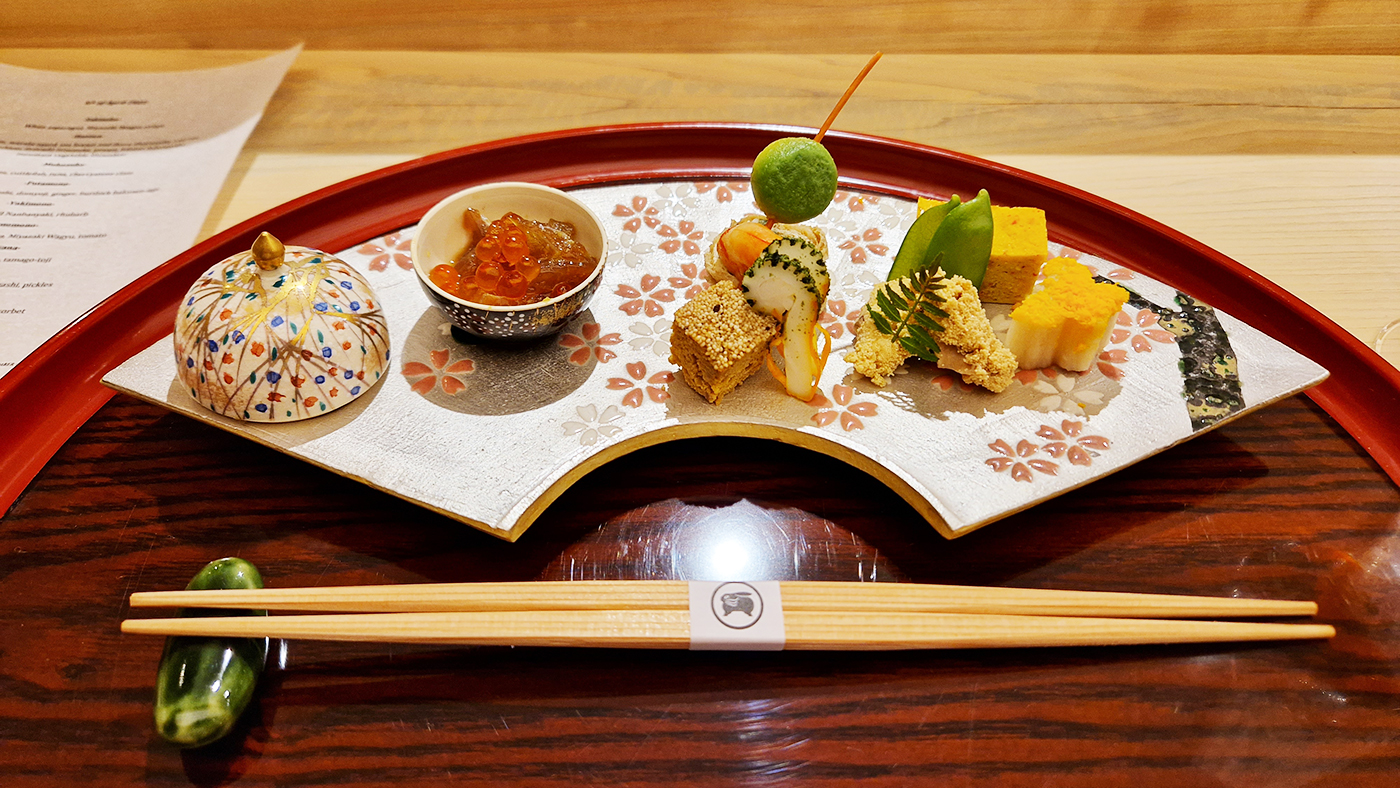
With courses of grilled fish, sashimi, wagyu and sticky rice with scallops, this is by no means an exercise in monastic restraint. The sense of ritual does, however, provide a useful alibi. Diners are allowed to leave Roketsu feeling they have enjoyed not only an excellent meal, but a cultural enlightenment too.
A free daily email with the biggest news stories of the day – and the best features from TheWeek.com
Kaiseki at Roketsu, 12 New Quebec Street, W1: £190 per person
Holden Frith is The Week’s digital director. He also makes regular appearances on “The Week Unwrapped”, speaking about subjects as diverse as vaccine development and bionic bomb-sniffing locusts. He joined The Week in 2013, spending five years editing the magazine’s website. Before that, he was deputy digital editor at The Sunday Times. He has also been TheTimes.co.uk’s technology editor and the launch editor of Wired magazine’s UK website. Holden has worked in journalism for nearly two decades, having started his professional career while completing an English literature degree at Cambridge University. He followed that with a master’s degree in journalism from Northwestern University in Chicago. A keen photographer, he also writes travel features whenever he gets the chance.
-
 All roads to Ukraine-Russia peace run through Donetsk
All roads to Ukraine-Russia peace run through DonetskIN THE SPOTLIGHT Volodymyr Zelenskyy is floating a major concession on one of the thorniest issues in the complex negotiations between Ukraine and Russia
-
 Why is Trump killing off clean energy?
Why is Trump killing off clean energy?Today's Big Question President halts offshore wind farm construction
-
 8 restaurants that are exactly what you need this winter
8 restaurants that are exactly what you need this winterThe Week Recommends Old standards and exciting newcomers alike
-
 Friendship: 'bromance' comedy starring Paul Rudd and Tim Robinson
Friendship: 'bromance' comedy starring Paul Rudd and Tim RobinsonThe Week Recommends 'Lampooning and embracing' middle-aged male loneliness, this film is 'enjoyable and funny'
-
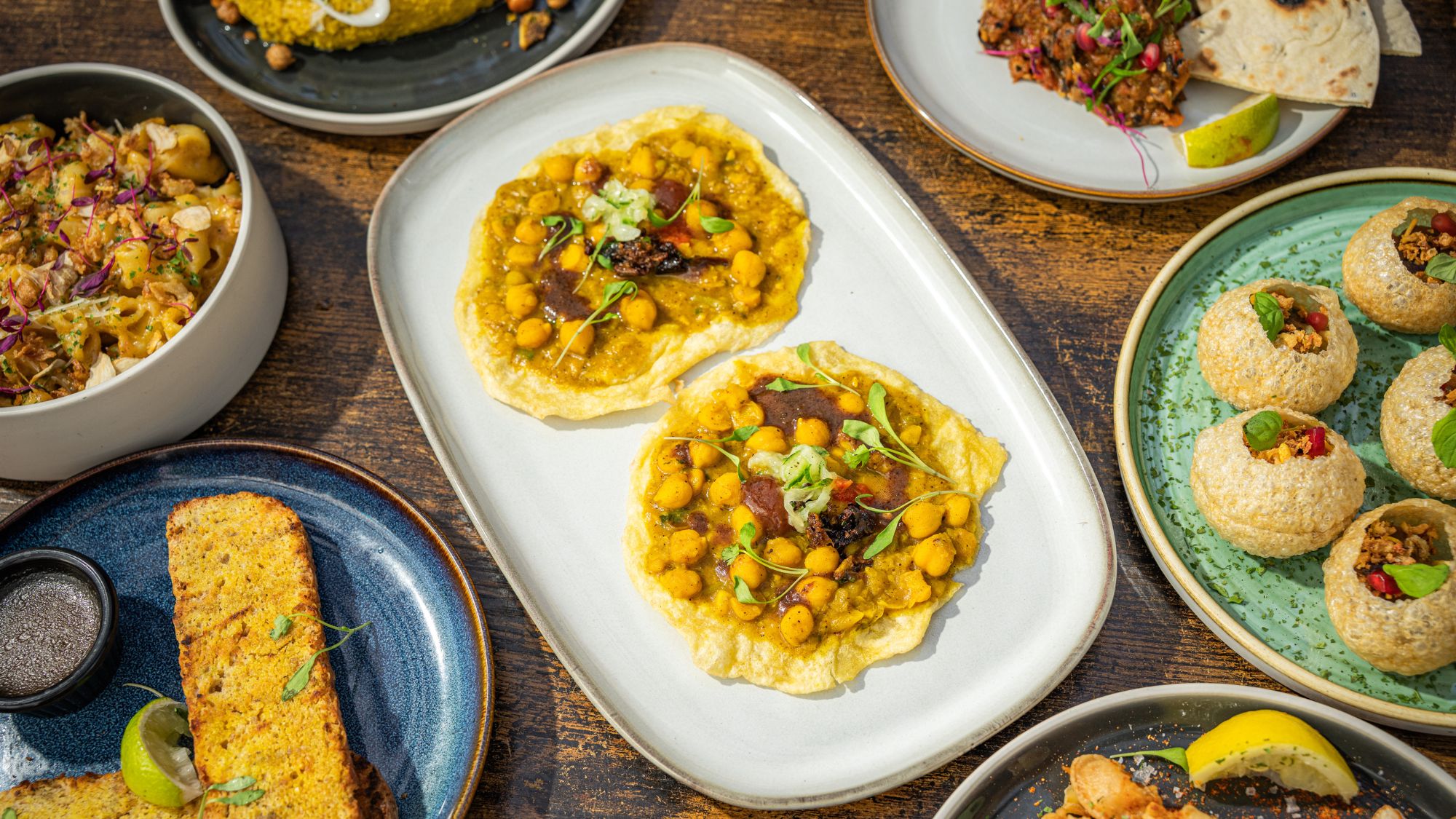 Best Caribbean restaurants in London
Best Caribbean restaurants in LondonThe Week Recommends From bold flavours to twists on tradition, these restaurants serve up a rich tapestry of food culture from across the West Indies
-
 The Count of Monte Cristo review: 'indecently spectacular' adaptation
The Count of Monte Cristo review: 'indecently spectacular' adaptationThe Week Recommends Dumas's classic 19th-century novel is once again given new life in this 'fast-moving' film
-
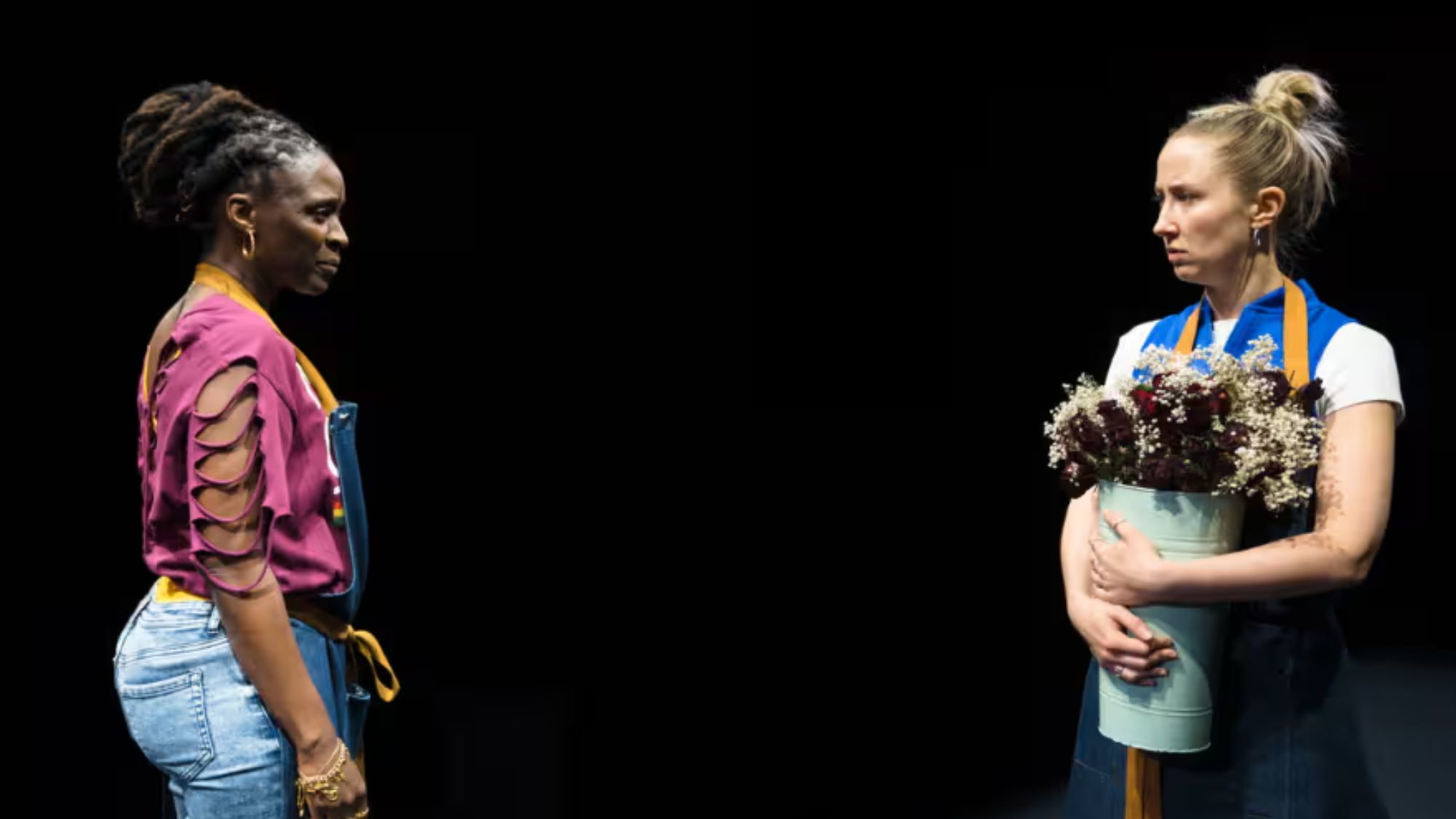 Death of England: Closing Time review – 'bold, brash reflection on racism'
Death of England: Closing Time review – 'bold, brash reflection on racism'The Week Recommends The final part of this trilogy deftly explores rising political tensions across the country
-
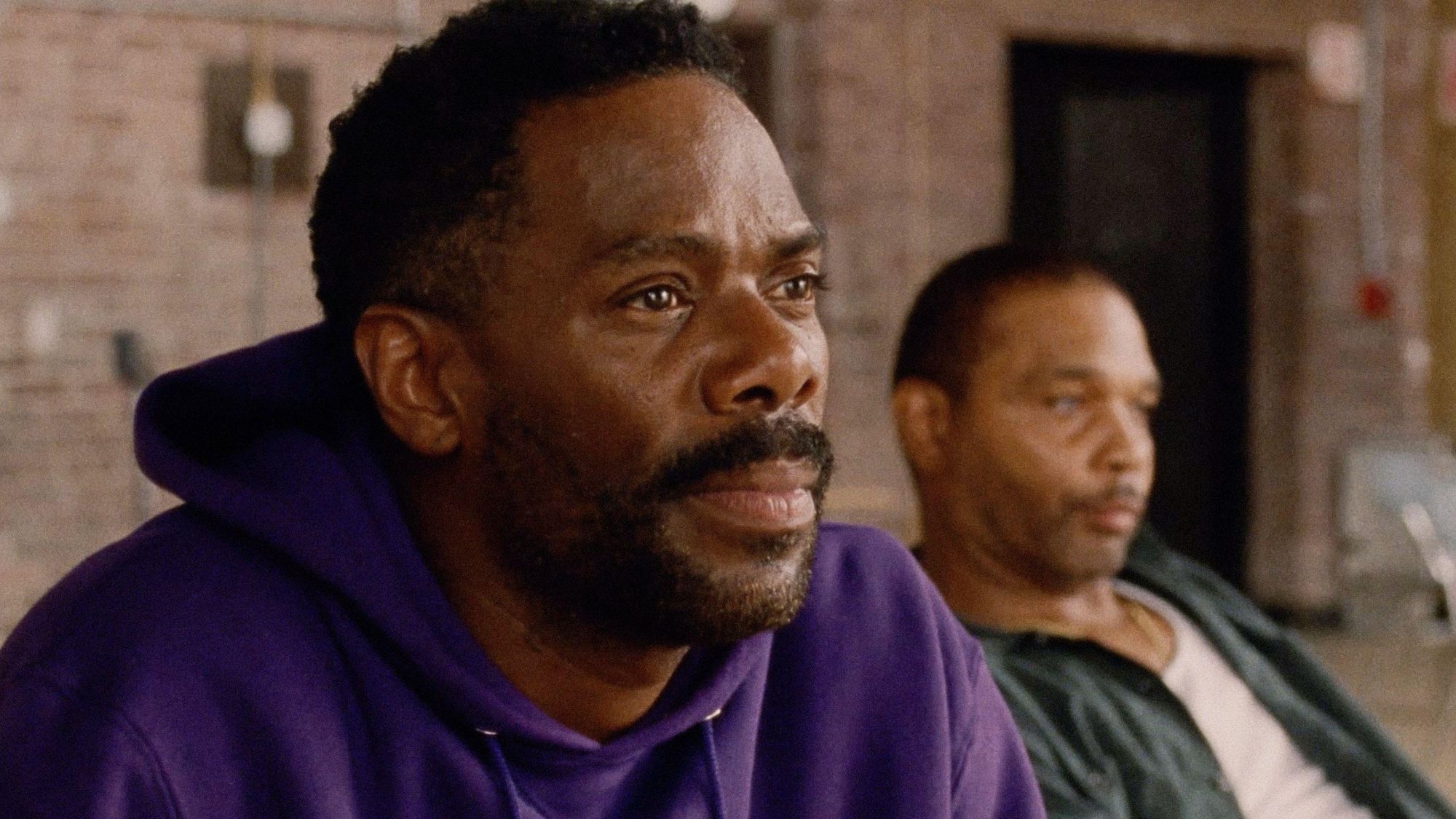 Sing Sing review: prison drama bursts with 'charm, energy and optimism'
Sing Sing review: prison drama bursts with 'charm, energy and optimism'The Week Recommends Colman Domingo plays a real-life prisoner in a performance likely to be an Oscars shoo-in
-
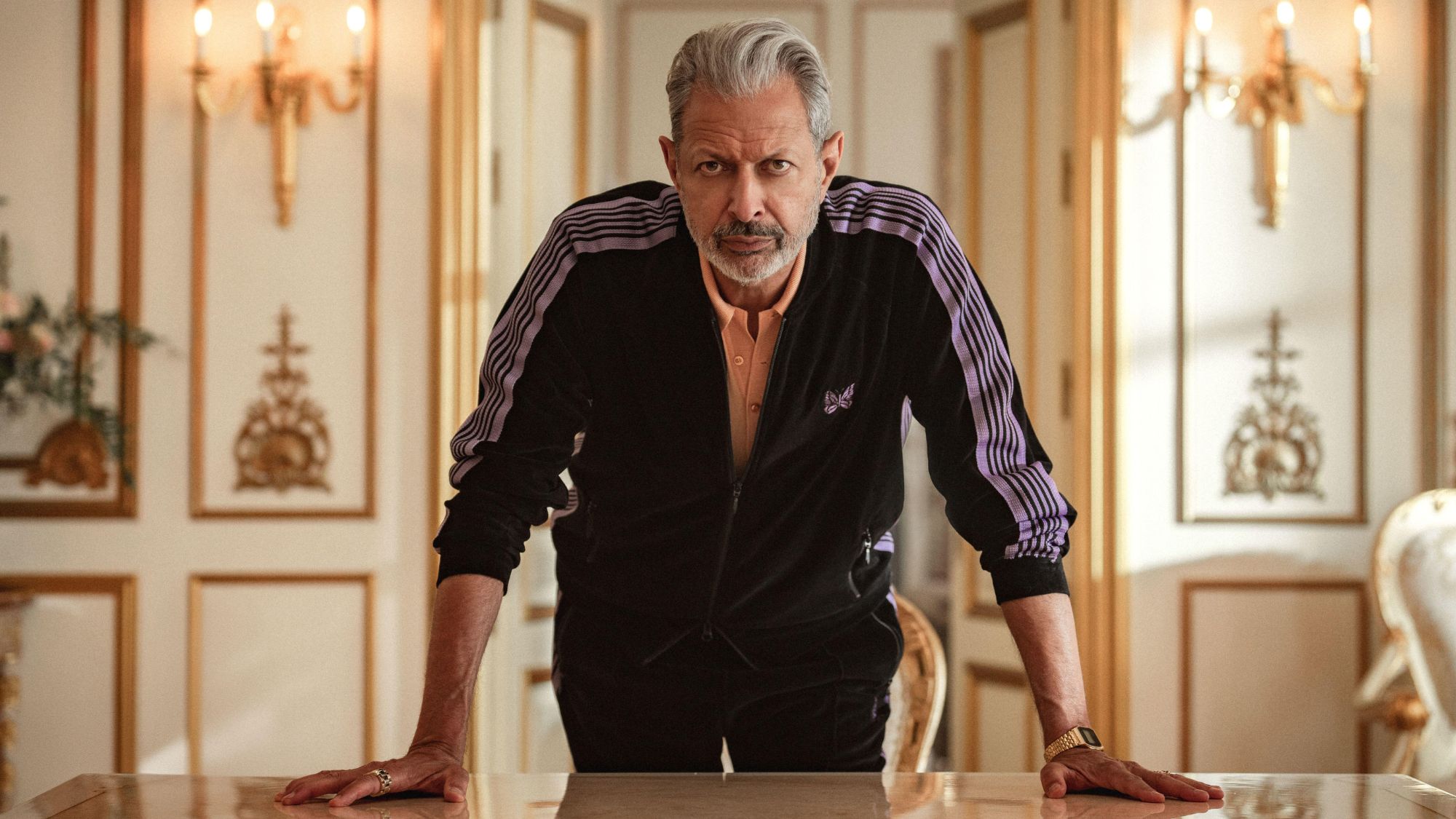 Kaos review: comic retelling of Greek mythology starring Jeff Goldblum
Kaos review: comic retelling of Greek mythology starring Jeff GoldblumThe Week Recommends The new series captures audiences as it 'never takes itself too seriously'
-
 Blink Twice review: a 'stylish and savage' black comedy thriller
Blink Twice review: a 'stylish and savage' black comedy thrillerThe Week Recommends Channing Tatum and Naomi Ackie stun in this film on the hedonistic rich directed by Zoë Kravitz
-
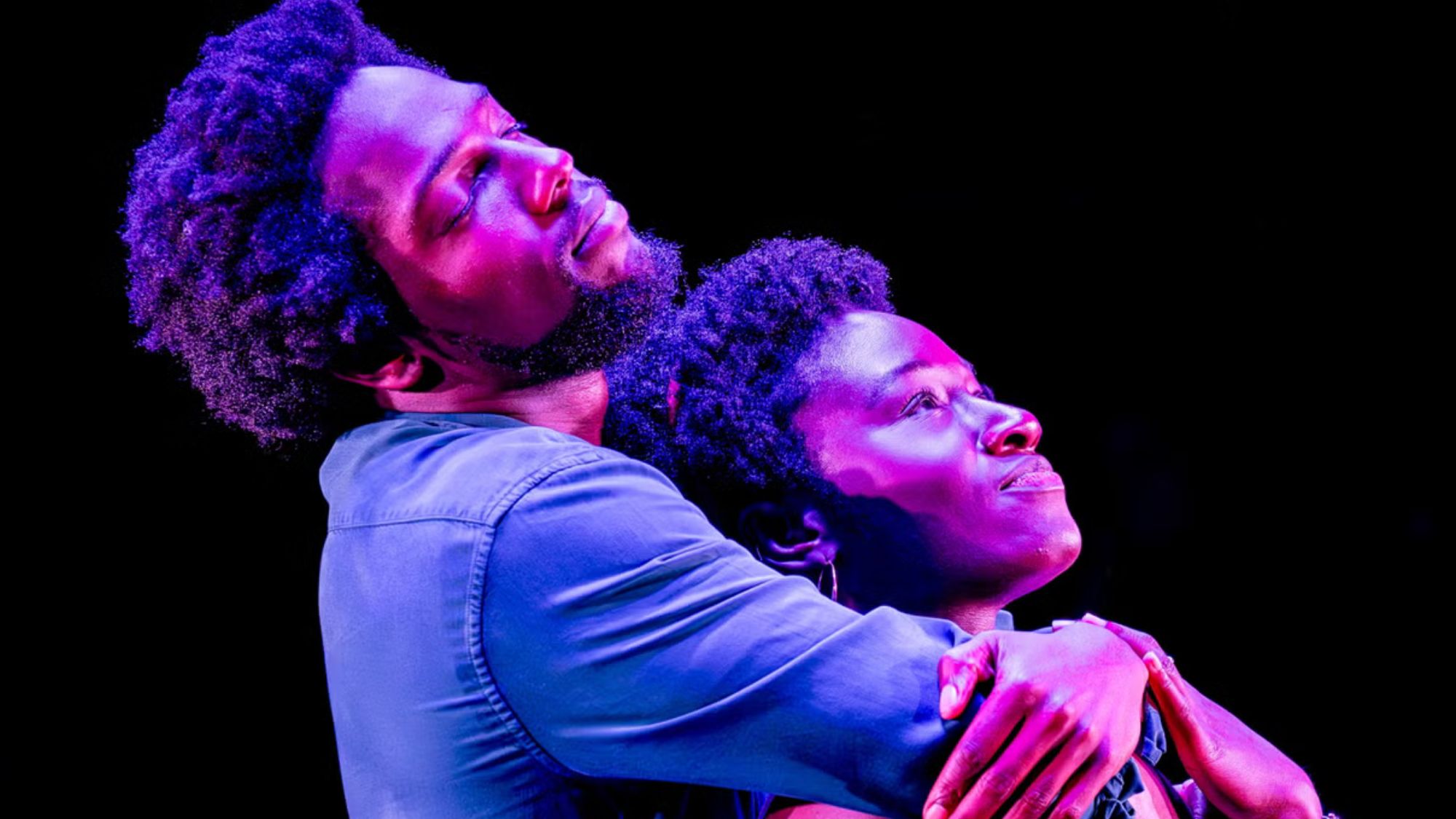 Shifters review: 'beautiful' new romantic comedy offers 'bittersweet tenderness'
Shifters review: 'beautiful' new romantic comedy offers 'bittersweet tenderness'The Week Recommends The 'inventive, emotionally astute writing' leaves audiences gripped throughout